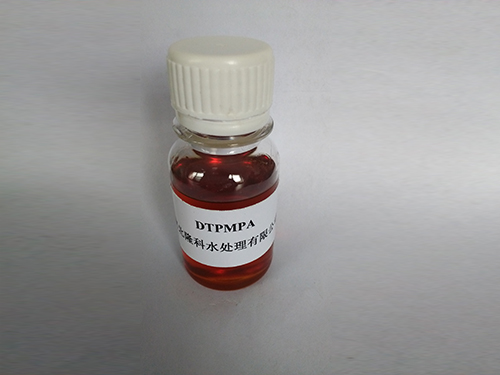jan . 14, 2025 14:59
Back to list
isothiazolinone uses
Isothiazolinone compounds, including methylisothiazolinone (MI) and chloromethylisothiazolinone (CMI), have become indispensable components in a variety of industries due to their exceptional biocidal properties. Their primary function is to act as preservatives, safeguarding both consumer products and industrial solutions from microbial contamination. But what makes these compounds stand out in the realm of preservation, and how are they employed across diverse sectors?
Even water treatment systems benefit from isothiazolinone compounds. Whether it's cooling towers or oilfield applications, controlling microbial growth is critical to maintaining system efficiency and longevity. These systems are vulnerable to bacterial biofilms, which can severely impact operational efficiency. Isothiazolinones are often used as biocides in water treatment processes, minimizing the risks associated with microbial-induced corrosion and fouling. However, the use of isothiazolinones is not without its controversies. Despite their effectiveness, some studies have highlighted potential skin sensitization and allergic reactions in certain individuals. Consequently, regulatory bodies across the globe have imposed restrictions on their concentrations, particularly in leave-on cosmetic products. It has become essential for industries relying on these compounds to stay updated with regional regulations and adapt their formulations accordingly. The debate around the safety of isothiazolinones underscores a broader challenge faced by many industries balancing efficacy with safety. Companies are engaging in extensive research to explore alternatives or to tweak their product formulations to ensure minimal health risks while maintaining performance. Throughout this evolution, transparency with consumers remains key. Companies using isothiazolinones need to clearly articulate their presence and the reasons for their use. By fostering open communication, they can build trust and reassure consumers about the safety and efficacy of their products. In conclusion, isothiazolinones remain pivotal in preserving the integrity and extending the shelf life of a myriad of products. Their application across different sectors demonstrates their versatility and effectiveness. Yet, as industries adapt to evolving consumer expectations and regulatory landscapes, ongoing research and development will be crucial. Emphasizing transparency, safety, and innovation will ensure that isothiazolinones continue to meet the needs of both manufacturers and consumers alike.


Even water treatment systems benefit from isothiazolinone compounds. Whether it's cooling towers or oilfield applications, controlling microbial growth is critical to maintaining system efficiency and longevity. These systems are vulnerable to bacterial biofilms, which can severely impact operational efficiency. Isothiazolinones are often used as biocides in water treatment processes, minimizing the risks associated with microbial-induced corrosion and fouling. However, the use of isothiazolinones is not without its controversies. Despite their effectiveness, some studies have highlighted potential skin sensitization and allergic reactions in certain individuals. Consequently, regulatory bodies across the globe have imposed restrictions on their concentrations, particularly in leave-on cosmetic products. It has become essential for industries relying on these compounds to stay updated with regional regulations and adapt their formulations accordingly. The debate around the safety of isothiazolinones underscores a broader challenge faced by many industries balancing efficacy with safety. Companies are engaging in extensive research to explore alternatives or to tweak their product formulations to ensure minimal health risks while maintaining performance. Throughout this evolution, transparency with consumers remains key. Companies using isothiazolinones need to clearly articulate their presence and the reasons for their use. By fostering open communication, they can build trust and reassure consumers about the safety and efficacy of their products. In conclusion, isothiazolinones remain pivotal in preserving the integrity and extending the shelf life of a myriad of products. Their application across different sectors demonstrates their versatility and effectiveness. Yet, as industries adapt to evolving consumer expectations and regulatory landscapes, ongoing research and development will be crucial. Emphasizing transparency, safety, and innovation will ensure that isothiazolinones continue to meet the needs of both manufacturers and consumers alike.
Share
Latest news
-
lk-319-special-scale-and-corrosion-inhibitor-for-steel-plants-advanced-solutions-for-industrial-water-systemsNewsAug.22,2025
-
flocculant-water-treatment-essential-chemical-solutions-for-purification-processesNewsAug.22,2025
-
isothiazolinones-versatile-microbial-control-agents-for-industrial-and-consumer-applicationsNewsAug.22,2025
-
scale-inhibitor-key-solutions-for-water-system-scale-preventionNewsAug.22,2025
-
organophosphonates-versatile-scale-inhibitors-for-industrial-water-systemsNewsAug.22,2025
-
scale-and-corrosion-inhibitor-essential-chemical-solutions-for-water-system-maintenanceNewsAug.22,2025





